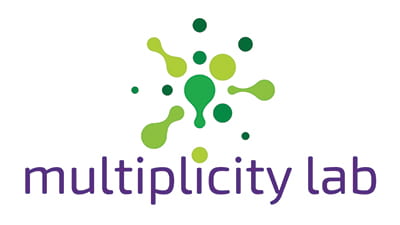Image of the Week: Growing Multiplicative Thinking with Skip Counting
March 24, 2024Growing Multiplicative Thinking with Skip Counting
Skip counting is a powerful bridge between counting by ones and thinking in equal groups, the beginning of multiplicative thinking. One entry point to skip counting is dice, like those shown in this week’s image (and last week’s! We really do love dice here!). Take a close look and consider the question, How many do you see?
As we discussed a few weeks back about comparing dice, some students might choose to focus on the unit of the dice, counting them in the array. But if students choose to focus on the dots instead, a different dimension of skip counting opens up. Students might:
- Notice how many in a part of the image, like:
- The group of orange dice
- A pair of adjacent dice
- A row or column of fives
- Focus on skip counting only the twos or the fives
- Use the color structure of the perimeter to skip count by 8s, or use doubling to find that 4 groups of 8 is 32
- Skip count all the twos (32 dots) and all the fives (45 dots) and wonder how to join them
- Make groups of ten out of two fives and five twos that they can then skip count by tens
And your students may very well invent other ways of using skip counting to figure out an answer to the question, How many do you see? Remember that all of these ways are pathways to multiplicative reasoning, no matter the age of your students. We do not need to call it multiplication to build the very ideas that will ultimately get students to this operation. Indeed, multiplicative thinking is far more powerful than the operation alone. It is a set of big ideas that work flexibly together to answer complex, but structured questions, like the one in this week’s image. Start laying the foundation for multiplicative thinking with your students tomorrow by trying this or any of our other skip counting with dice activities!
To multiplicity, cheers!
Jen Munson and the multiplicity lab group

